It's one of a handful of historically influential gardens in the United Kingdom, one thousand acres of wooded parklands and gardens surround the former home of Irish Journalist and gardener, William Robinson.
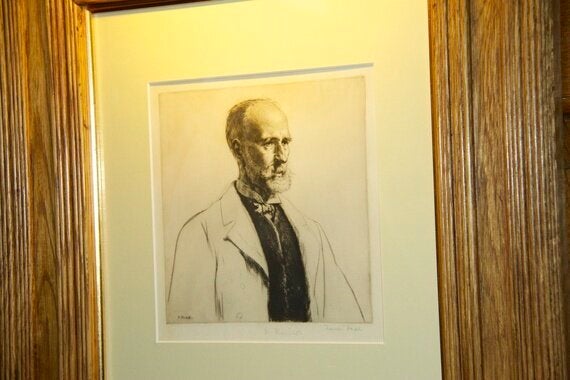
Photograph by Rebecca Williams
A contemporary and journalistic collaborator of Gertrude Jekyll, Robinson, whilst significantly as important, is less well-known. Horticulturalists will know him as the "Father of The English Flower Garden" or "Champion of the Wild Garden". Robinson was a radical and persuasive writer and a designer whose influence on the British garden has been likened to that of William Morris and his on the Arts and Crafts Movement. He had a vicious hatred of the formal planting schemes favoured by the Victorians, and was a gardener with a social conscience. He made no secret of the fact that he detested the hot-house grown tropical species favoured at the time, often dug out by gardeners six months later when they were past their best. William Robinson was an Ecologist forty years before the term was coined.
He acquired Gravetye Manor in West Sussex in 1884, when he was approaching fifty, the property is perfectly placed in the countryside standing halfway up a hill, with great views of Ashdown Forest and the Sussex Weald. He began about 'de-Victorianising' the gardens, ripping out shrubberies and rockeries and adopting the 'right place, right plant' method of planting which is used by many gardeners today. It was his home and canvas for fifty years until he died there in 1935.
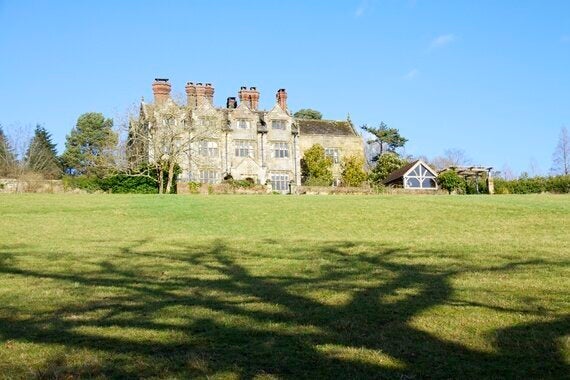
Photograph by Rebecca Williams
He was the author of nineteen books and editor of eight periodicals, the books covered subjects as diverse as cremation and urn burial (in fact he talks about preventing the very problem we have now in our over-crowded cemeteries) to mushroom cultivation. But his most relevant, certainly to this piece, is his book "Gravetye Manor, or Twenty Years' Work Round An Old Manor House" which acts as both a diary and narrative of his garden creations. In it, he explains how he felled trees to open up views and how he removed other "offensive elements left by the previous incumbents". He planted drifts of Scilla, Cyclamen and Narcissus between the coppiced hazel and chestnut trees.
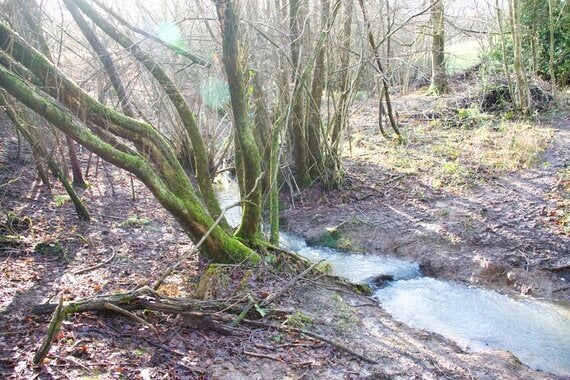
Photograph by Rebecca Williams
He explains how house, garden, fields and forest come together in a work of art as English as a Constable painting.
The Manor remains a country house hotel, in the Relais & Chateaux stable, but if you're a horticultural student, keen gardener or take an interest in plants and planting from a design perspective then it's the gardens of Gravetye you'll want to visit.

Photograph by Rebecca Williams
As a former student of the Diploma in Horticulture course at Kew, a stint working for Sir Paul McCartney and then with Fergus Garrett at Great Dixter House, I'm certain Tom Coward would have studied the works of Robinson. He's been Head Gardener at Gravetye since July 2010. His brief is to restore the grounds to their former glory after years of neglect, keeping William Robinson's concepts in mind but ensuring they're not stuck in the past. Whilst he'll not eradicate the wild deer, along with his team of Gardeners they're doing their utmost to destroy the bindweed that was left to invade the beds.

Photograph by Rebecca Williams
The Flower Garden was originally planted in 1884 and claims the title of birthplace of the modern mixed border. For William, gardening was all about beauty and perfume and understanding the importance of having trees in the landscape and there are hundreds of thousands of mature trees planted around the estate. Beautiful seed pods (which I think are Iris foetidissima) added much needed colour to the Winter blandness.
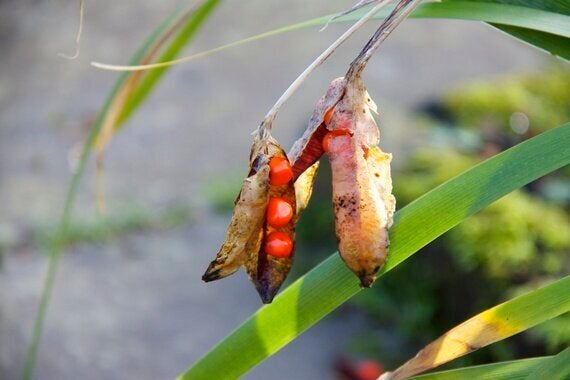
Photograph by Rebecca Williams
On higher ground, to the rear of the Manor, Robinson planted an Azalea Bank and slightly higher, a garden devoted exclusively to Heather.
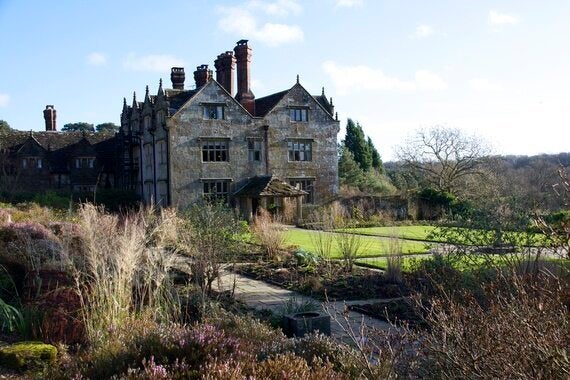
Photograph by Rebecca Williams
In early June, I imagine a burst into full flower from the Lupins and Columbines and on the Spring Garden Bank, Azalea and Camassia displaying their splendour. We settled for the once spiky thistles which had gone to seed, still managing to look beautiful against the blue sky backdrop.
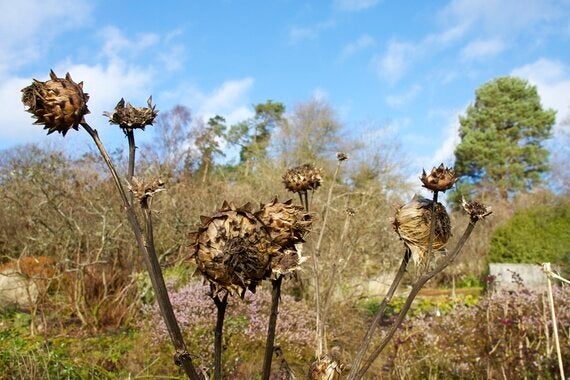
Photograph by Rebecca Williams
As you wind your way up the path, you'll discover the Croquet Lawn.

Photograph by Rebecca Williams
As we walk around we see Crocus, Snowdrops and Daffodils all poking their pretty, coloured heads through the grass.
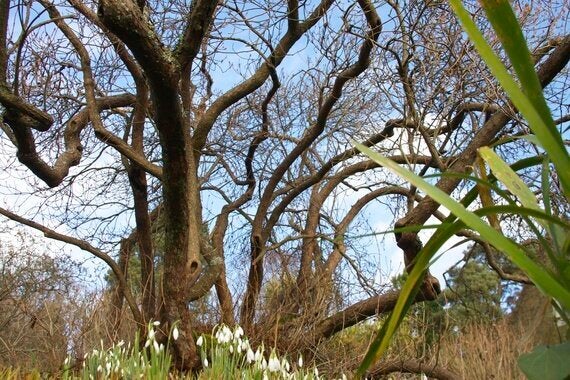
Photograph by Rebecca Williams
Even the small walled paths are festooned with beautiful yellow Primrose, their pale yellow colour, offset perfectly with the deep green moss.

Photograph by Rebecca Williams
The Kitchen Garden supplies the hotel with fruits and vegetables throughout the year.
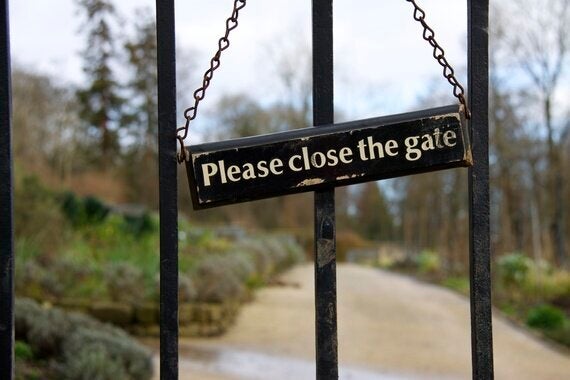
Photograph by Rebecca Williams
Once a familiar site, in large family homes this is one of the only a few that remain in use. A circular sandstone wall encloses about 10 acres, the central feature is six beds, some with the last harvest of sprouts and kale.
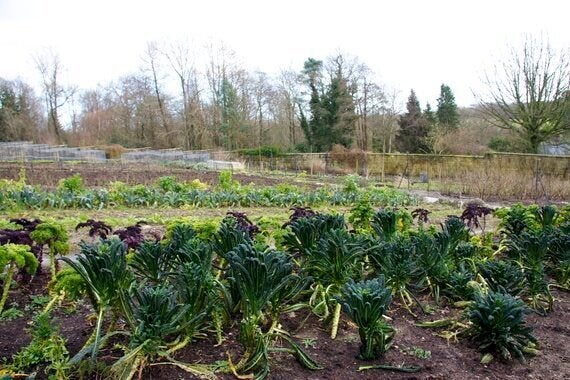
Photograph by Rebecca Williams
There's also testament to a once spurting spring well but there was no evidence of water from this source, although the hotel does bottle water from a well somewhere in the grounds.
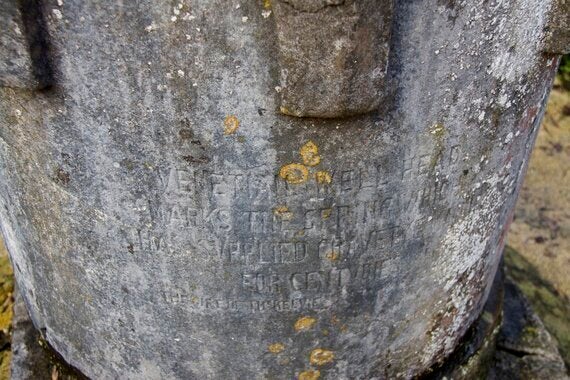
Photograph by Rebecca Williams
Robinson wanted the English to adopt the ideas of the French when it came to growing food that was better, healthier and could be grown over a longer season, at lower cost. He used manure to enrich the soil, trained and pruned fruit trees and used cloches to protect plants, encouraging very early or late season growth. Kiwi fruit line the walls of the garden and the last of the purple and green sprouts were being picked for use in the house.

Photograph by Rebecca Williams
Soft fruits had been planted in the cages to stop the wood pigeons from becoming any fatter, and rhubarb plants were growing under terracotta-pink cloches.
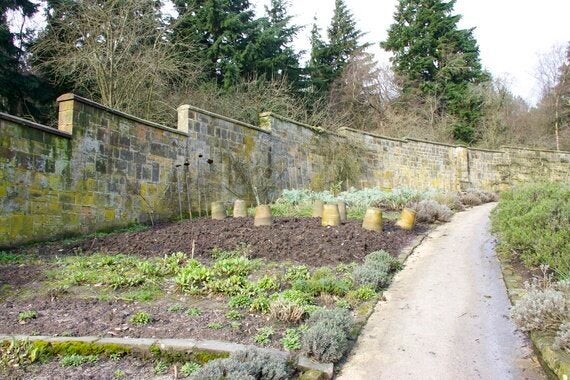
Photograph by Rebecca Williams
Lutyens benches are all over the gardens, and when the weather is right I could imagine spending hours just whiling away the hours taking in the sounds, scents and scenery.
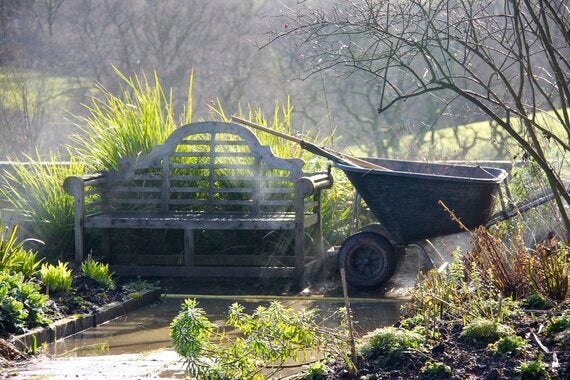
Photograph by Rebecca Williams
A very special seat can be found in the Kitchen Garden and I'd like to think Mr Robinson sat here soaking up the Summer sunshine, taking in his vision.
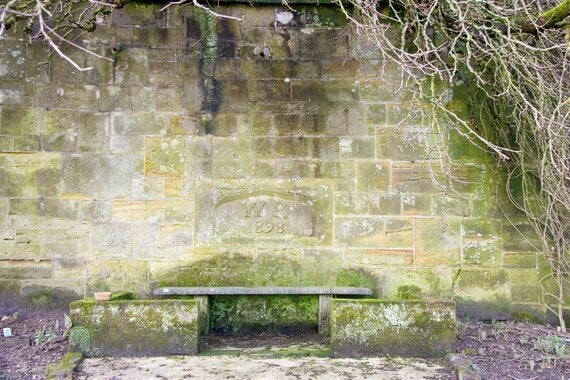
Photograph by Rebecca Williams
There are four Foster and Pearson glasshouses, as well as two Victorian cold frames and a 60ft peach house which are currently undergoing renovation work. We didn't find these glasshouses which were originally made in Beeston in Nottingham and commissioned by Victorian industrialists and those who could afford to keep up with the fashion. The company supplied Queen Victoria's homes at Osborne and Windsor, the Astors at Cliveden and The Duke of Devonshire at Chatsworth - to name but a few.
The Meadows were an opportunity for him to put his works, recorded in the book "The Wild Garden" and first published in 1870, to the test. Although the grass is short and rain-sodden when we amble down to the Bamboo shielded lake. I'm told that when the bulbs have finished flowering, the meadows are carpeted with wild flowers until August.
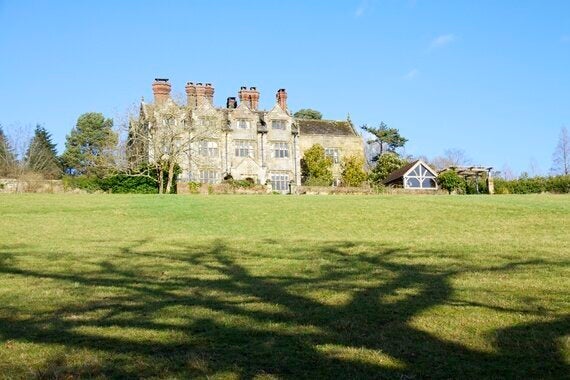
Photograph by Rebecca Williams
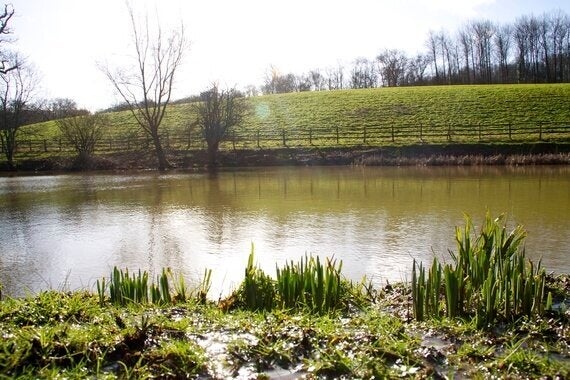
Photograph by Rebecca Williams
After Robinson's death, Gravetye was left to the Forestry Commission and after lying derelict for years Peter Herbert took over the lease and he transformed the Manor into a country house hotel. Robinson's creation had all but disappeared by this time, beds of roses and carnations had been dug up to plant vegetables by the Canadian soldiers stationed in the house during World War II. Peter had no idea that there were paved paths in the flower garden until they began to start to clear it and the scythes hit the stone. He was helped by one of Robinson's former gardeners who remembered what had been planted where and the labour of love took more than forty years. The Manor is now under the ownership of businessman Jeremy Hosking.
Tom is a very hands-on Head Gardener, not only does he keep a garden journal in the form of a blog he holds regular talks and tours.
By mid-April the first of the tulip displays are expected and to mark the end to the very long wet winter, Head Gardener Tom is conducting a tour of the garden. He'll explain his use of bulbs and will guide you through the early displays of flowering trees and shrubs. They could be harvesting the first of the asparagus from the Kitchen Garden. The tour begins at 10.30am and finishes with a lunch at 12.30pm. For more information, cost and booking details call their Events Co-ordinator Hannah Boulton.
Hotel guests can wander the garden at their leisure but visitors can look around on Tuesday and Friday. Dress accordingly, bring wellington boots in the winter although this garden is surely at it's brightest in the Spring, Summer and Autumn months. Afternoon tea is served at Gravetye Manor each afternoon between 3pm and 5pm and costs a very reasonable £22.00 - the lemon drizzle cake is worthy of a visit alone.
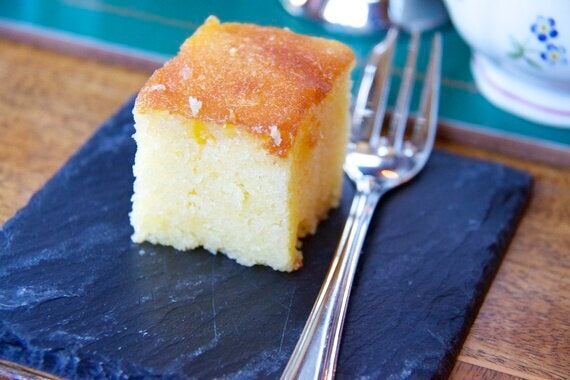
Photograph by Rebecca Williams
You can read more about my stay at this magnificent Elizabethan stone mansion on my blog.
Gravetye Manor, Vowels Lane, West Hoathly, Sussex, RH19 4LJ
Tel: 01342 810 567